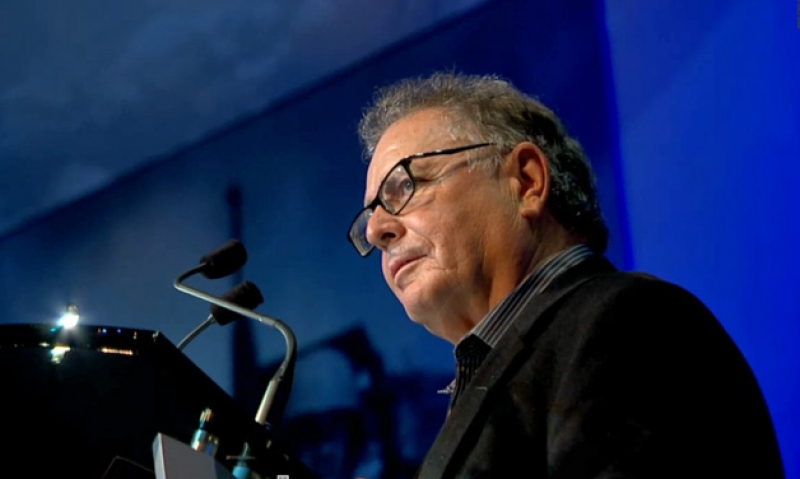
International conference examines the war’s pivotal year, lessons learned and allies forgotten.
By late 1943, World War II was at a stalemate, author and historian Donald Miller explained Thursday evening to hundreds gathered for the sixth annual International Conference on World War II in New Orleans. "The Germans were losing, and they thought they were losing. We were losing, and we thought we were losing. This is a war we thought we were going to win in 1943, but we weren’t sure how long it would take."
The year 1943 is the subject of this year’s conference, which can be viewed live online at www.ww2conference.com free of charge. Top historians and writers, as well as former CIA Director Gen. David Petraeus, are among the speakers during the three-day conference, Nov. 21-23.
Miller, a longtime supporter of the National World War II Museum in New Orleans, prefaced many of the conference’s subjects, including homefront support, the innovation of land-sea-air military strategy and forgotten allies, such as China. His opening remarks focused on the Pacific Theater and the battle at Tarawa in particular.
Tarawa, he explained, was a battle that doesn’t necessarily get its due among the great conflicts of the Pacific Theater. Miller said the battle there was instrumental in the concept of "tri-phibious" warfare – on land, sea and air. "It revolutionized the way war was fought," Miller said. "No one had fought this way before."
Miller told the crowd that the term "island hopping" should be replaced with "storm landings" in reference to the bold attacks necessary for U.S. forces to defeat Japanese strongholds in Pacific islands like Tarawa, where some 6,000 from both sides lost their lives in November 1943 in a span of about four days. Storm landings, Miller said, introduced the "get in, get out as fast as you could" approach to military success in the Pacific.
That success, however, came at a harrowing cost. He told the crowd that the "beautiful, translucent lagoon" of Tarawa was transformed into a sea of red from the blood of Americans fighting a Japanese force of more than 4,500 who committed suicide before they would be taken. Only three or four Japanese marines were taken prisoner in the battle, Miller said. The rest were either killed by U.S. military personnel or removed their shoes to use their toes to fire rifles into their own heads, knowing defeat was upon them.
At that time, in late 1943, the Allied forces were trying to put together the weaponry and homefront support necessary to make the definitive invasion of 1944 – Normandy, France. As the months drew closer to the biggest amphibious assault in world history, the issue of who would win – the Axis or the Allies – was very much in question.
"Victory in the Balance," National World War II Museum President and CEO Nick Mueller said in the conference’s opening remarks, was an apt title for the annual gathering of those who see the Second World War as a pivotal moment in American history. "It was a time of great uncertainty." That uncertainty, along with other World War II topics, including a discussion by Gen. Petraeus about intelligence tactics of World War II that were used in the war on terrorism, is the focus of this year’s conference.
- Honor & Remembrance

